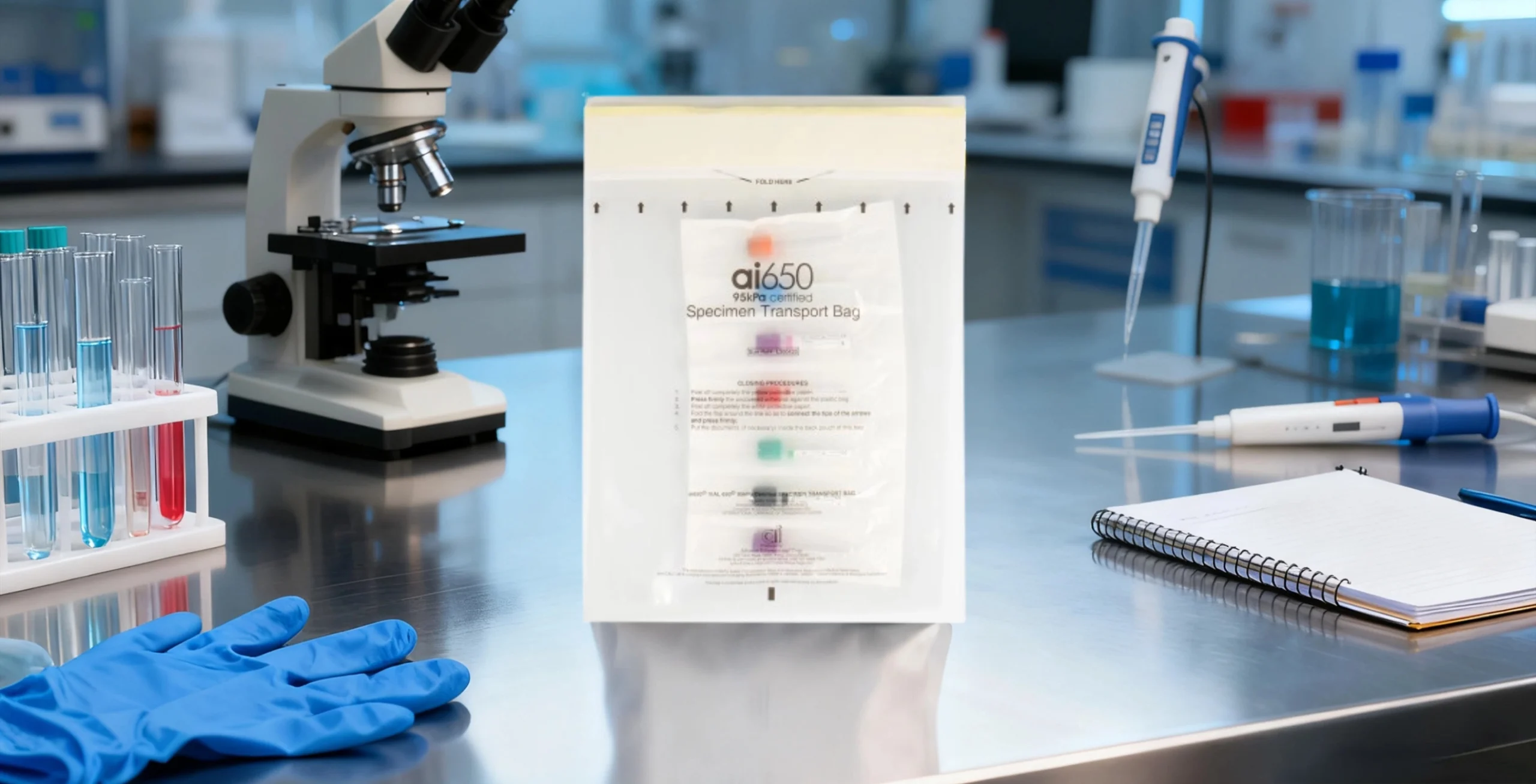One-Stop Solution for Collection to Safe Transport of Class B Biological Specimens
Release time: 2025-05-07
AIC biological sample containers help manage every step of specimen collection, preservation, and transportation, effectively ensuring the safety and integrity of Class B biological specimens and preventing damage or failure of the samples.
Specimen Collection Stage: Professional Procedures to Ensure Sample Quality
Preparation before Collection: Choose appropriate containers based on the specimen type, ensuring they are sterile and meet safety requirements.
For example, a sterile container is required before collecting bronchoscope lung biopsy tissue samples.
Collection Procedure: Follow strict protocols to avoid contamination or damage during collection.
For example, when collecting urine samples, first clean the external genitalia or urethral opening, then collect the sample as per the guidelines. Record relevant information such as specimen source and collection time.
Sample Preservation Stage: Scientific Protection to Maintain Sample Viability
Preservation Containers: Use containers that meet safety requirements, are resistant to breakage, leakage, and ensure secure labeling.
For example, place the specimen in a sterile container and add the appropriate preservation solution.
Preservation Conditions: Choose appropriate preservation conditions for each specimen type, such as room temperature, refrigeration, or freezing. Some specimens need to be stored in the dark to avoid shaking. Designate special storage areas or cabinets to store the specimens.
Preservation Period: Record the specimen’s preservation period to ensure its use within the effective timeframe.
Cold Chain Transportation Stage: Intelligent Temperature Control Ensures Safe Transport
Packaging Requirements: Follow the packaging requirements for Class B specimens, using three layers of packaging to ensure leak-proof, impact-resistant containers. All specimens should be placed in dedicated specimen transport boxes, sealed, and labeled with biohazard signs.
Transportation Process: Minimize bumps and shaking during transport to prevent specimen leakage, hemolysis, breakage, or contamination. For any spillage of infectious materials, follow the designated disposal procedures.
Temperature Control: Store specimens in the corresponding areas of the transport box based on their preservation requirements and transport time, and record the temperature. If there are any temperature abnormalities, take necessary measures to maintain specimen quality.

AIC, as a biological sample transportation solution provider, has served over 120 countries worldwide. With certifications from UN regulations PI650 quality management systems and CE marking requirements, AIC provides a complete closed-loop service, from products to training. Supported by advanced production equipment and a skilled technical team, AIC has become a trusted brand in the industry and has established long-term stable partnerships with numerous Fortune 500 companies and research institutions.


